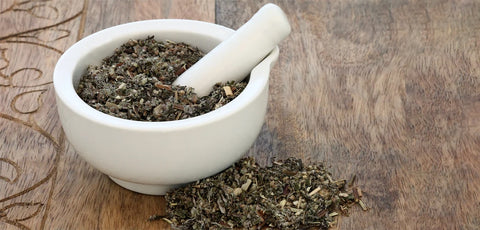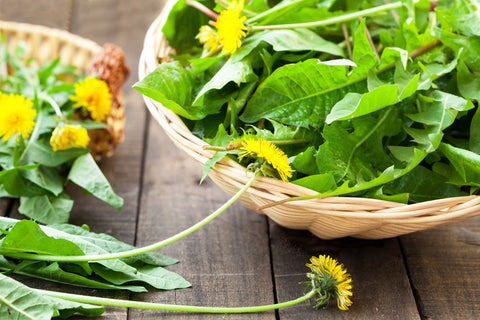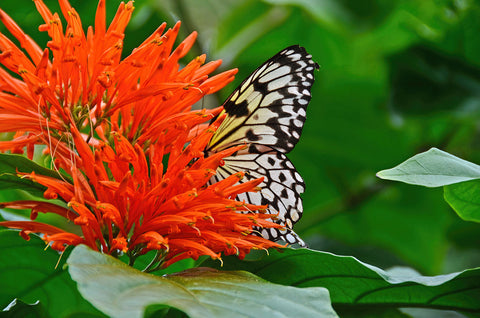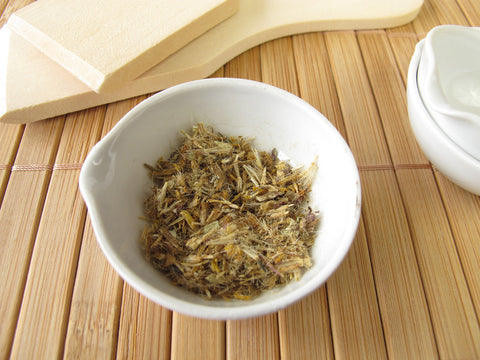Evergreen Herbs Blog

This dark green, leafy herb typically grows between 3 and 6 feet tall and has a pretty purple stem. Its botanical name is Artemisia vulgaris, and it’s a perennial member of the daisy family that is native to Asia, North America, and North Europe. It’s been used for centuries for everything from digestive disorders to beer-making, insect repellent, and more. We’ve rounded up the top 5 reported benefits of using mugwort and, as with all things herbal, please consult your physician before you incorporate mugwort into your wellness routine.

The humble dandelion with its white seeds that float away on a single puff is often considered to be a pesky weed, although its importance and place in history cannot be undervalued. As a distant cousin of the cheerful sunflower (both flowers belong to the same botanical class), the dandelion was believed to keep depression and sadness away. The name of this plant however is a very interesting one and has been directly derived from the Latin phrase ‘Dens Lionis’ or lion’s tooth, which refers to the leaves that have a rough jagged shape. Eventually, over the years the Latin phrase became ‘Dent-de-Lion’ in French and then ‘Dandelion’ in English...

Justicia Spicigera, also known as Muicle or the Mexican Honeysuckle, is a beautiful herb which has lovely orange or red tubular shaped flowers that add a tropical look to any garden. This plant which also goes by the name of the ‘Desert Honeysuckle’ or the ‘Firecracker Plant’ is one of those rare herbs which can withstand intense heat and grow well even with minimum water supply.
Native to Mexico, Central and South America, this powerful Mexican herb has always been a part of Hispanic culture. Many centuries ago, it was found that the leaves of the Muicle when boiled, first turned black and then later took on a deep shade of dark blue. Artists and painters once used extracts derived from this plant to make dye, which was then used as a means for creative expression...

Did you know that the attractive star shaped Arnica Montana herb belongs to the same botanical class as the bright and cheerful sunflower? The Arnica Montana usually grows to a maximum height of around 2 feet and can be spotted anywhere by its bright yellow flowers with a slight orange tinge. Although this plant is grown specifically for its multi medicinal purposes, it is actually a native of Europe and Siberia, where it can, in fact, be spotted growing in the wild on the mountainside and in pastures. This plant grows just as well in soil that may be deficient in nutrients although it requires ample sunshine to grow properly. The natural perfume of this herb becomes even stronger when it grows at a higher altitude on the mountainside...

